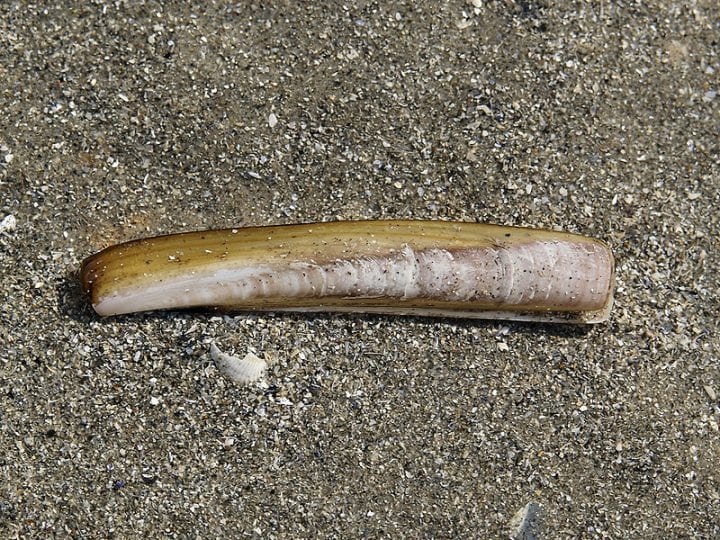Burrowing robot from MIT uses contracting valves to induce a quicksand effect in the surrounding soil, enabling the robot to dig down.
Benefits
- Reduced energy usage
- Autonomous
Applications
- Underground exploration
- Security and defense systems
- Marine construction
UN Sustainable Development Goals Addressed
-

Goal 9: Industry Innovation & Infrastructure
The Challenge
Robots require energy to operate, often in the form of a battery. Autonomous robots must carry the battery with them. Unfortunately, batteries tend to be large and heavy, which interferes with the performance of the robot. Additionally, moving through solids such as soil consumes more energy than moving in air.
Innovation Details
The burrowing robot, also called “RoboClam,” is constructed of two halves connected by a rod. The rod moves the halves up and down, together and apart. The contractions and expansions quickly release liquid around the robot causing a quicksand effect called liquefaction in the surrounding sand. When the sand liquefies, the robot can propel downward.
Biomimicry Story
Razor clams are known for their ability to burrow into the ocean floor, even with their rigid shell structures. To do this, the clam expands and contracts its valves, releasing liquid and fluidizing the surrounding sand, which allows the razor clam burrow down.





